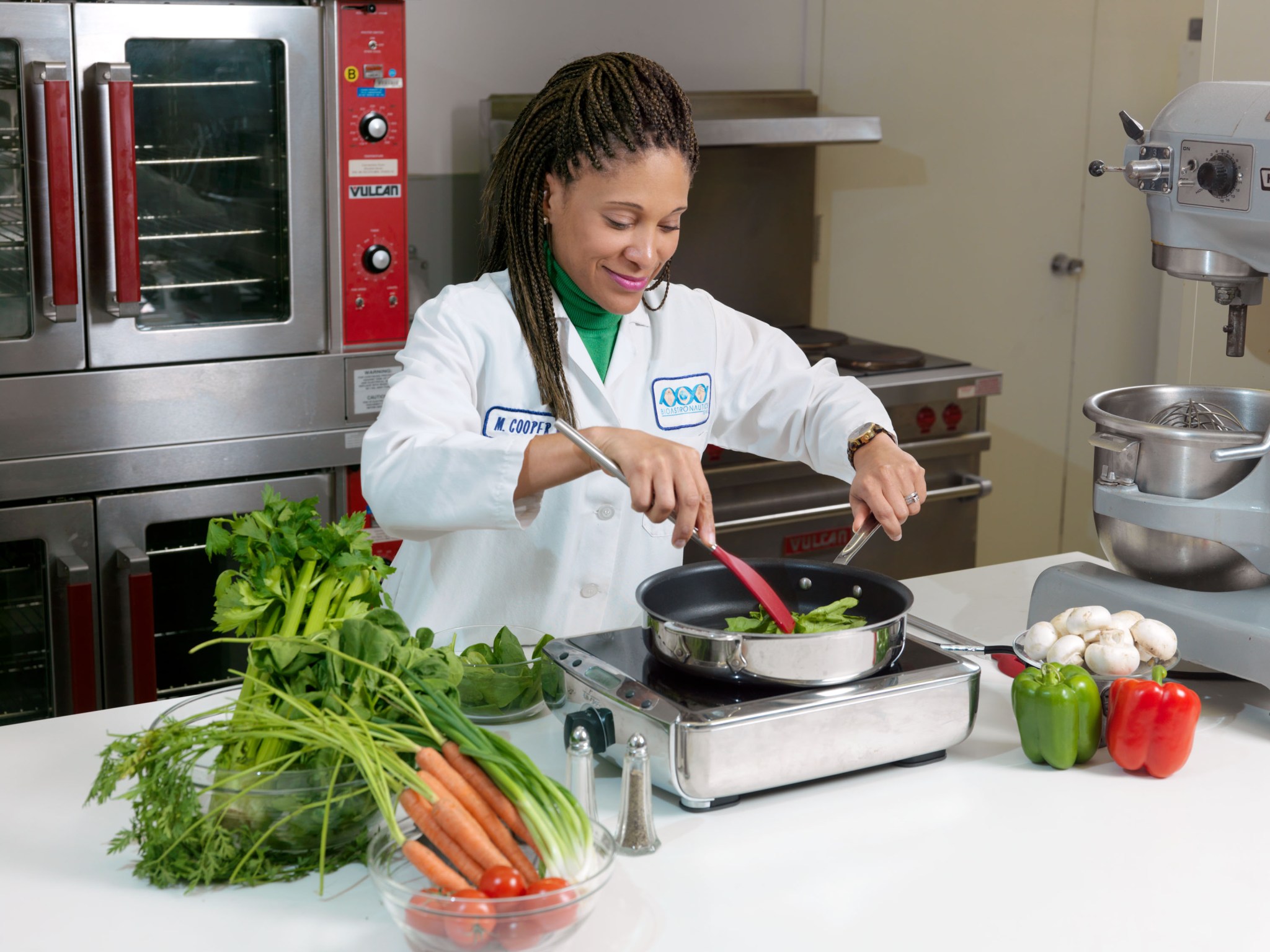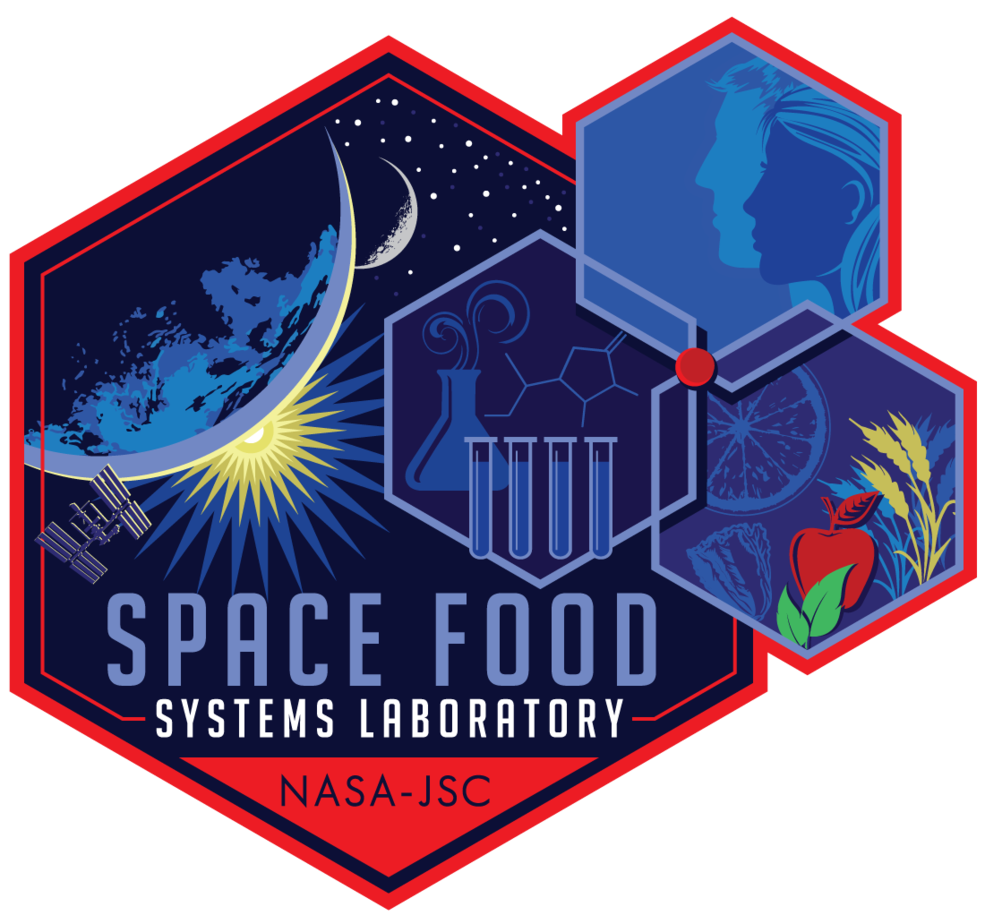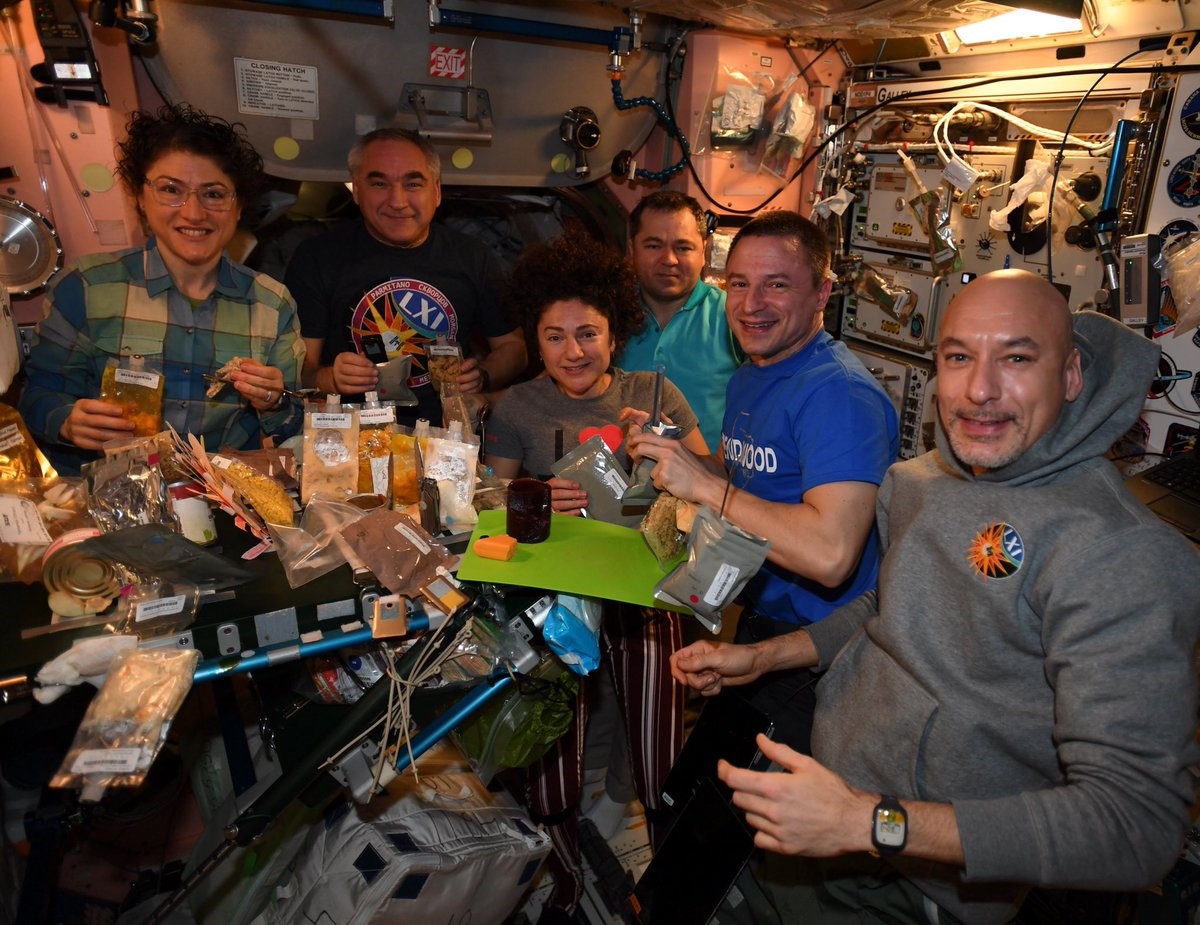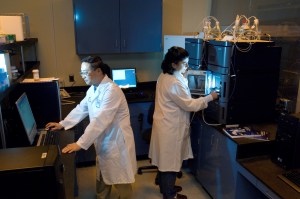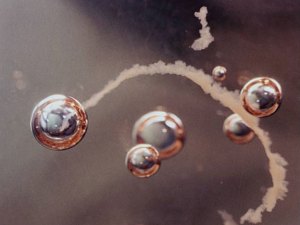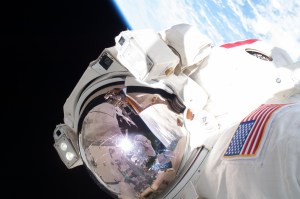No Grocery Store, No Problem
Food is such an important part of our lives and culture. With so much variety available on Earth, it is hard to imagine choosing meals or being limited when embarking on a 6-month mission on the International Space Station (ISS). The Space Food Systems Laboratory at the Johnson Space Center (Houston, TX) and Space Food Research Facility (College Station, TX) support the production and development of flight food, menus, packaging, and food-related hardware for all NASA programs, including the ISS, Orion Multi-Purpose Crew Vehicle, and the Commercial Crew Program. The Space Food Systems Laboratory is also home to the Advanced Food Technology research team dedicated to defining food systems for future missions beyond low-Earth orbit.
Fun Fact: Tang was developed by General Foods Corporation and was later adopted by NASA for use in the Mercury food system. “Orange Drink”, as it is referred to by NASA, has been used continuously since that time and is still consumed by crewmembers on the International Space Station today. It is an excellent source of vitamin C!

NASA
Food—Not Just for Nutrition
Like on Earth, nutrition plays a key role in maintaining the health and optimal performance of astronauts before, during, and after spaceflight. Food flown on-orbit is not only required to be nutritious, but it must also be appetizing. The Space Food Systems team is required to meet the nutritional needs of each crew member while adhering to the requirements of food safety, limited storage space, limited preparation options, and the difficulties of eating in microgravity. Food plays a critical social and psychological role during an astronaut’s stay on the ISS. Crew members have the opportunity to supplement a few of their standard menu choices with commercial off-the-shelf items or personal favorites which provide them comfort while away from home.
Production, Taste Testing, and Packaging
The Space Food Systems Laboratory produces freeze-dried food and packages commercially available beverage powders, cookies, candy, and other dried goods that the astronauts select for their menus. As an example, beverages start in powdered form and when the appropriate amount of powder is weighed out, the beverage container is sealed at the top with a one-way plastic valve, allowing for water to be directly injected once on-orbit. The Space Food Research Facility produces heat-stabilized foods in pouches, similar to military Meals-Ready-to-Eat (MREs) but developed to support the nutritional needs of astronauts in spaceflight. Food processing techniques and packaging solutions vary based on the item’s perishability and ingredient composition. Space foods that are developed or reformulated are evaluated in the sensory evaluation center, where food scientists evaluate the products’ acceptability and shelf life.
Foods for Long-Duration and Exploration-Class Missions
The Space Food Systems Laboratory is actively involved in the research and development of nutritious and high-quality meals for future long-duration missions. Foods on these missions will need to be safe, nutritious, and palatable for up to five years, with very limited resources to ensure the system supports crew health and performance through the challenges of exploration.
Equipment used by the Space Food Team
- Test kitchen to develop product concepts
- Freeze dryers
- Retort
- Pilot-scale production equipment
- Canning and pouch-sealing equipment
- Temperature-controlled storage for shelf-life studies
- Analytical testing equipment
- Sensory evaluation center
Points of Contact
Grace Douglas
Suparna Paul
Xulei Wu




























